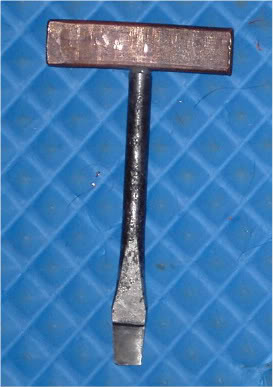JohannesKepler
36 Cl.
- Joined
- Jul 17, 2020
- Messages
- 88
- Reaction score
- 22
So I finally got my Bess out for a round of SUCCESSFUL shooting today. No hiccups, nothing went wrong, everything went perfectly. (I know right, what were the chances knowing my luck thusfar  )
)
The only thing I ran into was the flint dulling. Now I know this is bound to happen, and I was prepared by having a knife; however, I was unable to sharpen the flint at all with it. Is there a certain technique? Or a different tool?
The only thing I ran into was the flint dulling. Now I know this is bound to happen, and I was prepared by having a knife; however, I was unable to sharpen the flint at all with it. Is there a certain technique? Or a different tool?










